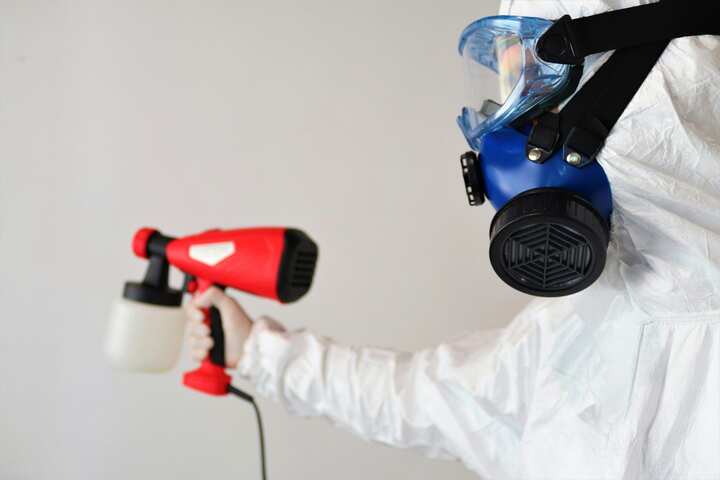
Effective Surface Mold Treatment and Remediation Solutions
Mold is a common household issue that can lead to significant health and structural problems if not addressed promptly. Effective surface mold treatment and remediation require a comprehensive understanding of mold's nature, causes, and the best practices for removal and prevention. This article explores the critical components of mold treatment and remediation, focusing on practical and efficient solutions to combat mold growth in residential and commercial settings.
Understanding Surface Mold
Surface mold is typically found on walls, ceilings, or other surfaces where moisture accumulates. It is essential to identify the type of mold and the extent of its spread to apply the correct remediation techniques.
Common Causes of Surface Mold
- High humidity levels
- Water leaks or flooding
- Poor ventilation
- Condensation issues
Effective Mold Treatment Solutions
Addressing surface mold involves both treatment and prevention strategies. Here are some effective solutions:
Immediate Mold Removal Techniques
- Soap and Water: For small areas, a mixture of soap and water can help remove surface mold effectively. Read more about this topic.
- Vinegar Spray: Using white vinegar can kill many types of mold on non-porous surfaces. Spray it on the affected area and let it sit before wiping it clean. Learn more in this detailed guide.
- Baking Soda Solution: Baking soda not only kills mold but also deodorizes the space. Mix with water and apply on the moldy surface. Explore further insights here.
Professional Remediation Options
For larger infestations or mold types that are more hazardous, professional remediation is advisable. This may include:
- HEPA Vacuuming: Utilizes high-efficiency particulate air filters to capture mold spores.
- Antimicrobial Treatments: Chemicals applied to affected areas to prevent future mold growth.
- Dry Ice Blasting: A technique that removes mold from wood and other surfaces without damaging the material.
For more detailed guidance on professional mold remediation, find additional information here.
Preventing Future Mold Growth
Prevention is a critical aspect of mold management. Implementing the following strategies can significantly reduce the risk of mold reoccurrence:
- Maintain low indoor humidity levels (ideally between 30-50%).
- Ensure proper ventilation in high-moisture areas such as bathrooms and kitchens.
- Repair leaks promptly and address any water damage immediately.
- Use mold-resistant products during renovations or construction.
Importance of Regular Inspections
Regular inspections can help identify potential mold issues before they become severe. Homeowners and property managers should conduct periodic checks, especially in areas prone to moisture. Explore further insights here.
Conclusion
Effective surface mold treatment and remediation require a comprehensive approach that includes immediate removal, professional remediation when necessary, and preventive measures to avoid future growth. By understanding the causes and implementing the appropriate solutions, individuals can ensure a healthier, mold-free environment. For further information on mold remediation, learn more in this detailed guide.